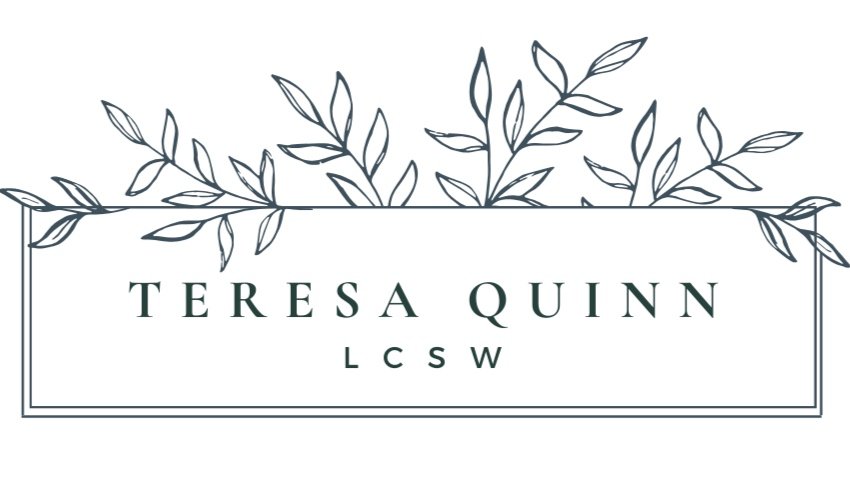Expressive Arts for “Non-Creative” People
As a therapist with no formal training in art but with advanced clinical training in expressive arts therapy, I love incorporating creative practices into the work that I do with clients. My absolute favorite is when I get to incorporate it into session with someone who is vehemently against it when I first pitch the idea, but then is open to playing around with it weeks or months down the line. I never push people into trying it out, but I do believe that incorporating creative practices into therapy can be a valuable and transformative experience. It's not about creating a masterpiece or even being "good" at art - it's about using the process of creation as a tool for healing and growth. As a therapist, it's incredibly rewarding to be a part of that process.
When we think of art and creativity, we often picture painters and sculptors working in their studios, creating masterpieces. But the truth is, creativity can manifest in many different ways, and you don't need to be a "creative" person to engage in expressive arts. I like to think of being “creative” as being “curious,” which many more people identify with. If you get curious about how to problem-solve at work, you are creative. If you get curious about what new ways you can support your kids as they struggle through problems at school, you are creative. If you get curious about how to set up your home in ways that meet your needs and look pleasing, you are creative.
It's amazing to see how creative expression can help people connect with their emotions and thoughts in a way that traditional talk therapy sometimes can't. It's also a great way to break down barriers that we put up in therapy and build trust and a deeper relationship between me and my clients. I've seen clients create beautiful and powerful pieces of art that have helped them process trauma, explore their identity, and gain new insights into their lives. It’s important to note that when I say beautiful, I am not talking about the aesthetics of the work that they create. I am talking about the experiencethey have while they are creating it that is so meaningful.
If you are curious about incorporating expressive arts practices into your therapeutic journey, consider the following suggestions:
To me, one part of expressive arts is about finding beauty and/or meaning in everyday things. You likely have a tool for capturing everyday beauty on you right now: your phone. Create an album of past images in your camera that you find beautiful, even if they aren’t the most aesthetically pleasing ones. Take a walk around your neighborhood and try to take three photos of things that are interesting to you. This practice can cause you to slow down, engage with the world around you more mindfully, and get curious about what you are drawn to and why.
Experiment with different forms of expressive arts that sound interesting, even if you don’t have any technical skill in them. For example, you can print out images from online or cut images from magazines that you like to create a collage. If you need more direction or want to work with a particular theme, just google “collage prompts” and see what pops up! I like these prompts from Shelley Klammer.
Grab whatever art supplies you have (even if it’s just a pen and paper), set a timer for five minutes, and scribble, draw, paint, do whatever you’d like in a short amount of time. When the five minutes is up, title your work, even if it’s just naming it after a feeling that you currently are experiencing, and put it aside. This practice is great for when you feel paralyzed about “what to make.”
It can be really helpful to have a therapist skilled in incorporating expressive arts work into therapy, but this isn’t absolutely necessary to benefit from these practices. Try them out and talk about them in your next talk therapy session or with a friend, or journal about them on your own. There is no right or wrong here!
Search YouTube for skill-building classes if you really want to play around with technique and form before jumping into expressive arts work, but keep in mind that no skill is necessary for this particular modality. Remember that the goal of expressive arts therapy is not to produce a finished product, but rather to use the creative process as a means of self-discovery, healing, and growth. It can also be a way to communicate and express emotions that may be difficult to put into words.
Like all forms of therapy, a key element is to be patient and compassionate with yourself. Expressive arts therapy can be a powerful tool, but it may take time to fully explore and understand its benefits. With the right guidance, support, and mindset, it can be a transformative and rewarding experience.
